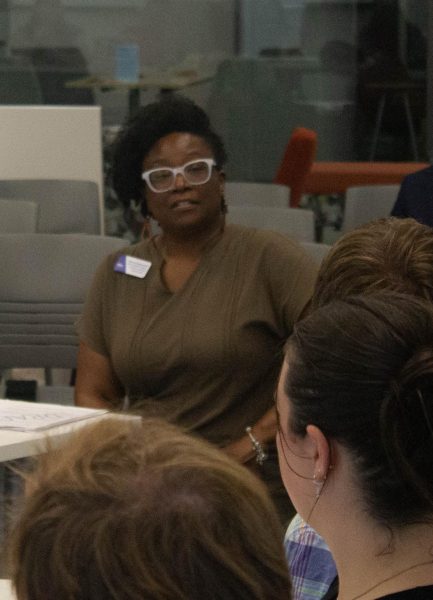Proposed indoor tanning ban for minors under 18
Tanning salons are extremely popular for those who are looking to get ahead on a sun-kissed look as summer rolls in. However, a new bill in the Rhode Island legislature may place limits on who can use indoor tanning beds.
On Wednesday, Feb. 14, there was a hearing to place an indoor tanning ban on minors under 18 years old in the state of Rhode Island.
At the hearing, Courtney Jusino from Cranston spoke about her experience with indoor tanning. She began tanning when she was 15 years old and was eventually diagnosed with skin cancer. Jusino testified in favor of the ban in hopes of preventing other youth from going through a similar experience.
Studies have shown that using indoor tanning devices before the age of 35 increases the risk of melanoma, the most common type of cancer contracted by people in the United States, by 59 percent. This makes the issue a top priority for the American Cancer Society’s Cancer Action Network in Rhode Island.
Additionally, from 2015 to 2018, the incidence rate of melanoma in Rhode Island has increased by 44 percent. Among young people between the ages of 15-29, melanoma is the fourth most commonly diagnosed cancer.
The most avoidable risk in terms of skin cancer is exposure to ultraviolet radiation, which can come from natural light and from indoor tanning services.
Despite the known risk of indoor tanning, the service is most commonly seen among high school aged girls. According to experts in the field, consistently using indoor tanning facilities gradually increases the risk of skin cancer.
Not only is this form of cancer dangerous, but it also is quite costly. The cost of skin cancer is on the rise, with $3.3 billion being spent annually on melanoma treatment.
Currently, 15 states plus Washington, D.C. have passed legislation that prohibits the use of tanning devices by minors with the goal of protecting their youth in mind.
On an international scale, many countries have put laws into place that restrict access to tanning for minors, including Austria, France, Germany, Italy, Norway, Spain, and the United Kingdom. Meanwhile, Brazil and Australia have banned indoor tanning completely.
Many students at Roger Williams University utilize local tanning facilities. The seemingly most popular location is Spring Break Tanning, a facility located on Metacom Avenue. Two students shared their tanning habits, including the protective measures they take while indoor tanning.
“I tan there about two months out of the year. During that time I usually go three to four times a week for 12 minutes,” said senior Bri Hardy, adding, “I always wear eye protectors and tanning lotion so I don’t get burnt.”
Senior Aimee Slatkavitz said, “I go tanning between February and May almost every day. I go for 10-12 minutes and I always use tanning lotion.”
Spring Break Tanning owner Crystle Viera said that currently about 80 percent of her customers are from Roger Williams University, but it does fluctuate by season. Viera also said that just about everyone that tans at Spring Break either brings their own lotion or purchases some from the in-store selection.
When asked about her opinion on the teen tanning ban, Viera was indifferent.
“It is what it is. I don’t rely on customers that shouldn’t be tanning. I rely on people that are of appropriate age. We are also getting a spray tanning booth here soon, which will bring in more customers,”Viera said.
The American Cancer Society’s Cancer Action Network stands strong in their support to ban tanning for minors under 18. Though that will have little impact on Spring Break Tanning and Roger Williams University students, the ban will affect minors who are looking to utilize ultraviolet tanning facilities and services.






